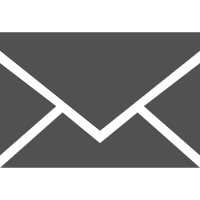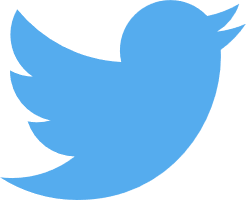Healthcare Technology Letters | Vol., Issue. | | Pages

Augmenting Microsoft's HoloLens with vuforia tracking for neuronavigation
Major hurdles for Microsoft's HoloLens as a tool in medicine have been accessing tracking data, as well as a relatively high-localisation error of the displayed information; cumulatively resulting in its limited use and minimal quantification. The following work investigates the augmentation of HoloLens with the proprietary image processing SDK Vuforia, allowing integration of data from its front-facing RGB camera to provide more spatially stable holograms for neuronavigational use. Continuous camera tracking was able to maintain hologram registration with a mean perceived drift of 1.41 mm, as well as a mean sub 2-mm surface point localisation accuracy of 53%, all while allowing the researcher to walk about a test area. This represents a 68% improvement for the later and a 34% improvement for the former compared with a typical HoloLens deployment used as a control. Both represent a significant improvement on hologram stability given the current state-of-the-art, and to the best of the authors knowledge are the first example of quantified measurements when augmenting hologram stability using data from the RGB sensor.
Original Text (This is the original text for your reference.)
Augmenting Microsoft's HoloLens with vuforia tracking for neuronavigation
Major hurdles for Microsoft's HoloLens as a tool in medicine have been accessing tracking data, as well as a relatively high-localisation error of the displayed information; cumulatively resulting in its limited use and minimal quantification. The following work investigates the augmentation of HoloLens with the proprietary image processing SDK Vuforia, allowing integration of data from its front-facing RGB camera to provide more spatially stable holograms for neuronavigational use. Continuous camera tracking was able to maintain hologram registration with a mean perceived drift of 1.41 mm, as well as a mean sub 2-mm surface point localisation accuracy of 53%, all while allowing the researcher to walk about a test area. This represents a 68% improvement for the later and a 34% improvement for the former compared with a typical HoloLens deployment used as a control. Both represent a significant improvement on hologram stability given the current state-of-the-art, and to the best of the authors knowledge are the first example of quantified measurements when augmenting hologram stability using data from the RGB sensor.
+More
mean perceived drift error microsofts hololens neuronavigational displayed information cumulatively rgb sensor augmenting hologram stability medicine sub 2mm surface point localisation accuracy hurdles hololens deployment continuous camera tracking spatially stable holograms image processing sdk vuforia
APA
MLA
Chicago
Taylor Frantz,Bart Jansen,Johnny Duerinck,Jef Vandemeulebroucke,.Augmenting Microsoft's HoloLens with vuforia tracking for neuronavigation. (),.
Translate engine




Article's language
Action
Recommended articles
Report
Select your report category*
Reason*
New sign-in location:
Last sign-in location:
Last sign-in date:








 User Center
User Center My Training Class
My Training Class Feedback
Feedback







